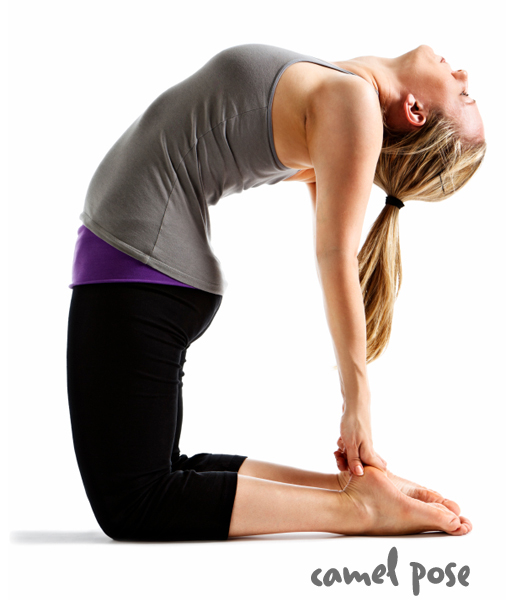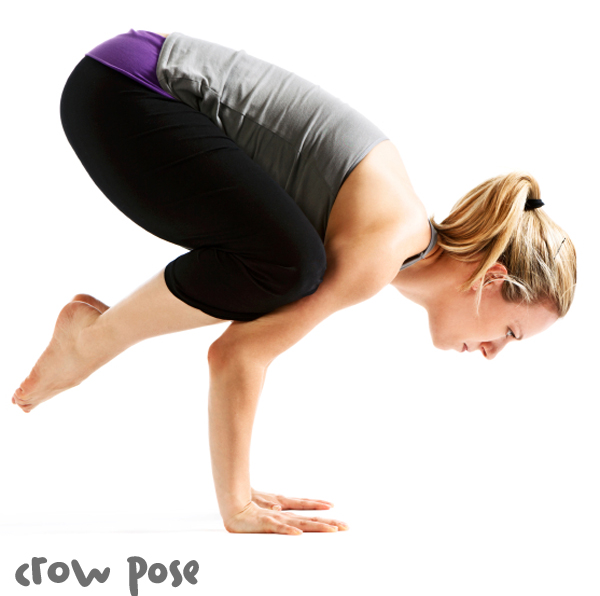If you’ve ever taken a yoga class, you might have heard your instructor calling out some pretty unique cues. Phrases such as, “fan your collarbones” or “fluff up your kidneys” can be a little confusing if you don’t understand what they actually mean.
The following is a list of usual, yet unusual sounding yoga class cues and instructions used by many yoga teachers and helpful tips on how to interpret their meaning.
Open your heart
Not knowing much about yoga, this cue might conjure up an image of someone on the operating table. While it has nothing to do with open-heart surgery, it has everything to do with having an openhearted approach to life.
Physically speaking, what this cue simply means is to improve your posture by rolling your shoulders back, lifting your sternum, and “opening” the front of your heart region. Psychologically, having an open heart in yoga allows you to be more receptive to the subtleties of your practice.
Tip: When you are feeling blue, your posture sinks and your head lowers. Opening your heart physically does wonders for your mood. Try a heart-opening posture such as camel pose and feel your energy levels soar.
Sink your roots
Obviously we don’t have roots, we have legs and feet, but for some reason, imagining as if our limbs were extending deep into the earth gives us a sense of stability while practicing certain yoga poses. When you “sink your roots” you feel your legs and feet pressing firmly into the floor. This allows you to feel grounded, and will give you the necessary balance to hold your pose successfully.
Tip: When you are practicing tree pose, imagine your standing leg as the trunk of a tree with an extensive root system that weaves through layers of earth beneath your feet. You will not only feel sturdy as a tree, you will feel more entrenched in being your true self.
Play with your edge
As rigid as it may look to an outsider, yoga is actually very dynamic. When your yoga teacher tells you to play with your edge, it means they want you to explore your potential in each pose. It doesn’t mean that you should practice beyond your ability; it is an invitation to have some fun and play with the notion that you can safely go a little deeper in each pose.
Tip: Once you’ve come into a pose, resist the temptation to hold your body completely still. Allow yourself a little freedom to make some adjustments by shifting the weight of your body, or taking extra big deep breaths.
There are many ways to gradually and carefully advance in yoga. Opening your heart, sinking your roots, and meeting your edge from time to time is a playful way to improve your skills and improve your practice.
Also Read:
Wouldn’t Be Caught Dead Doing Yoga? DDP Yoga Was Made for You



